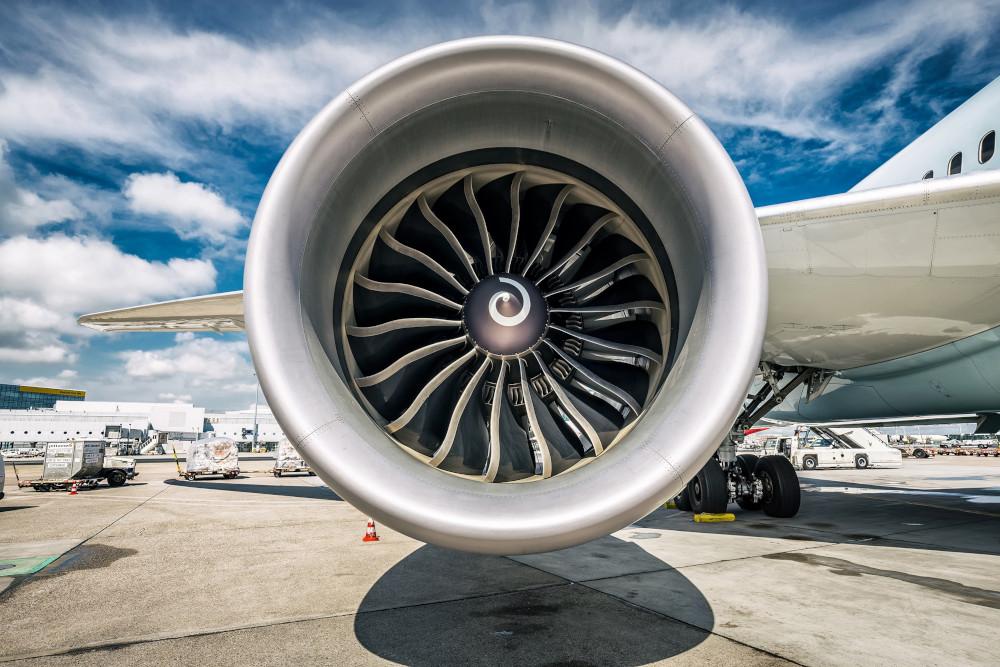
As airlines return aircraft to service from temporary storage, their ability to swap out equipment instead of performing maintenance will diminish.
“It is a fact that some airlines treat the two installed engines on parked aircraft as two additional spare engines. This pandemic is no different,” observes Tom Barrett, president of engine lessor chief executive officer Engine Lease Finance Corporation in an interview with Engine Yearbook 2022.
Barrett adds that as in other crises, spare engine ratios – the number of installed engines an airline has versus its inventory of spare engines – has gone up.
He also notes that the artificial supply of ‘spare’ engines from parked aircraft, combined with the double-whammy of mainline engines not being taken out of service for overhaul, has put pressure on lessors.
“This period of oversupply affects primarily current-technology engines, and it will take some time for this to come back into balance.”
He adds: “As an engine investor in and owner of the current-technology engines, the concern will be the number of aircraft retirements which free up additional spare engines. However, it will take time for it to become clear if this has a long-term permanent impact or merely delays the return of supply-demand equilibrium.”
The dynamics are different for new-technology engines, where spares demand is often connected to entry-into-service issues.
And while Barrett observes that the “current large pools of -new-technology engine] spares will take a while to be absorbed”, in November ELFC announced a deal to purchase and leaseback 25 Pratt & Whitney geared turbofans.
For more opinion and analysis of the engine leasing market and how it responding to production, maintenance and financing developments – as well as the impact of the pandemic, of course – pick up Engine Yearbook 2022.





